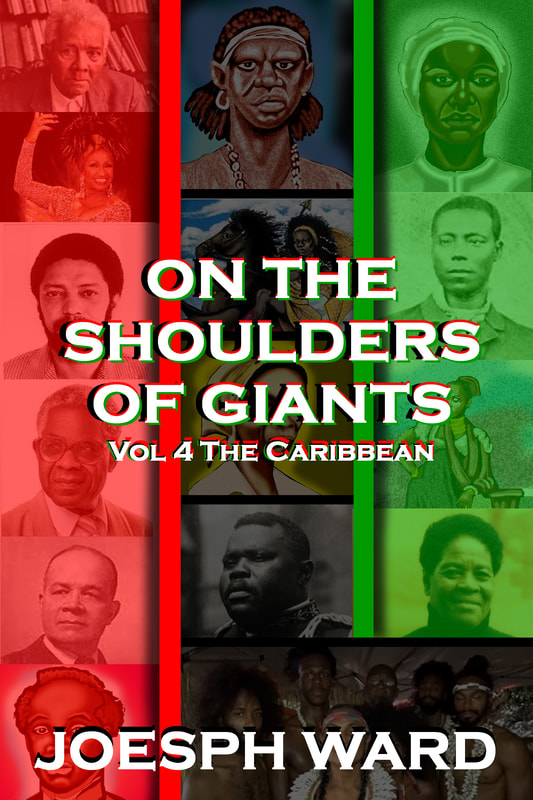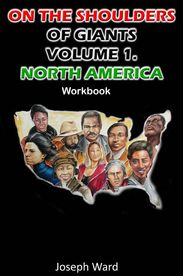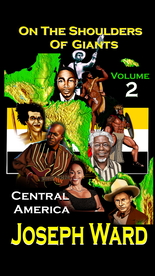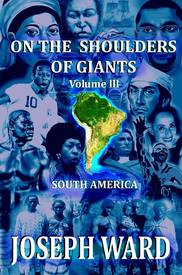|
Capoeira is a unique martial art that combines elements of dance, acrobatics, music, and self-defense. It is thought to have originated in Brazil and is often associated with the Afro-Brazilian community. However, the roots of capoeira can be traced back to Africa, specifically to the cultures brought to the Americas by enslaved Africans. Capoeira's history is intertwined with the transatlantic slave trade. In the 16th century, millions of Africans were forcibly brought to Brazil to work on sugar and coffee plantations. Enslaved Africans in Brazil came from various regions in West Africa. These enslaved individuals came from diverse African cultures, bringing with them a rich tapestry of traditions, including martial arts. Many of these African fighting systems emphasized fluid movements, kicks, and the use of music and rhythm as integral parts of their training. These elements would later be incorporated into capoeira. African spiritual and religious practices played a significant role in the development of capoeira. Enslaved Africans in Brazil practiced religions like Candomblé and Umbanda, which involved ritualistic dances and movements. These religious practices contributed to the rhythmic and dance-like aspects of capoeira. Enslaved Africans faced harsh oppression, and many forms of resistance were suppressed. To circumvent this, they disguised their martial training as dance and play. Capoeira was born out of this necessity, serving as both a means of self-defense and a form of cultural preservation. In the 1835 Malê Revolt in Bahia, capoeira was used as a form of combat by the insurgents, highlighting its martial efficacy. Capoeira initially developed in rural areas but later migrated to urban centers, notably Rio de Janeiro and Salvador. In these urban environments, it evolved and adapted to new influences. Over time, Capoeira incorporated elements of Brazilian culture, such as Portuguese language, music, and indigenous Brazilian influences. It also became a means of cultural expression for marginalized communities. Enslaved Africans were prohibited from practicing Capoeira after slave masters learned what it was used for. In the late 19th and early 20th centuries, capoeira was criminalized in Brazil due to its association with criminal gangs. Practitioners were persecuted and often had to conceal their involvement in the art. Capoeira experienced a resurgence in the mid-20th century, thanks in part to the efforts of Mestre Bimba and Mestre Pastinha, who formalized and promoted the art. In 1932, Mestre Bimba founded the first capoeira school, which focused on preserving the martial aspects of the art. Today, capoeira is a globally recognized martial art, practiced by people of various backgrounds. It is divided into two main styles: Angola and Regional. Capoeira is celebrated not only for its physical aspects but also for its cultural and musical components. It continues to serve as a symbol of resistance, cultural identity, and pride for the Afro-Brazilian community. Capoeira's African origins are a testament to the resilience and creativity of enslaved Africans in Brazil. It emerged as a form of disguised resistance, blending African martial traditions with dance, music, and religious influences. Over time, it evolved into a vibrant cultural phenomenon, transcending borders and promoting a sense of cultural pride and unity. The African roots of capoeira remain a source of inspiration and a powerful symbol of cultural preservation and resistance in Brazil and beyond.
0 Comments
Thérèse Sita-Bella, born on December 18, 1933, in Cameroon to the Beti tribe, emerged as a trailblazing filmmaker whose work helped build the foundation for the future of the African cinematic landscape. Thérèse Sita-Bella grew up in Yaounde, Cameroon, and attended Catholic schools operated by missionaries for her primary education. After completing her educational requirements, she enrolled at the University in Yaounde and received her bachelor’s degree. She then took full advantage of an opportunity to further her studies in Paris, France. While studying in Paris, she developed an interest in film-making, which turned into a passion that would inspire the African continent. Returning to Cameroon, Sita-Bella recognized the power of her voice and film as a medium to amplify the voices and stories of her people. In 1955, Sita-Bella began working as a journalist, a career that helped to catapult her into the film industry. In 1963, when African cinema was in its infancy, she embarked on her filmmaking journey. She became the first female African film director, contributing significantly to the development of Cameroonian and African cinema. While directing films, she continued her career as a journalist. She co-founded and contributed to the newspaper La Vie Africane. The newspaper was founded in 1967. Sita-Bella's work was characterized by its focus on social issues, cultural richness, and the complexities of identity. Her film, "Tam Tam à Paris" debuted in 1969 and is credited as the first film directed by an African woman. Thérèse Sita-Bella's impact on African cinema was profound. She paved the way for future generations of African filmmakers, particularly women, to find their voices in a male-dominated industry. Her dedication to preserving and sharing African stories helped create a cinematic identity for the continent. Thérèse Sita-Bella passed away on February 27, 2006. Her films and pioneering spirit continue to resonate, reminding us of how the power of cinema can be used to educate and inspire people to create change for themselves. To Ms. Therese Sita-Bella, we stand on your shoulders. References: https://en.wikipedia.org/wiki/Th%C3%A9r%C3%A8se_Sita-Bella Chloe Cooley's life began in the shadows of injustice, as she was born into the harsh reality of slavery in Upper Canada (now Ontario) during the late 18th century. Hers was a life marked by resilience, determination, and a fierce pursuit of freedom, leaving an indelible mark on the history of Canada and the fight against the institution of slavery. Chloe was born to an enslaved mother, and from a young age, she experienced the harsh conditions of servitude, where the rights and dignity of Black individuals were stripped away by a system that saw them as property rather than people. Her early years were filled with hard labor and the constant fear of being separated from her family, as slaveholders had the power to buy, sell, or lease enslaved individuals at their whim. As Chloe grew older, she became aware of the injustices around her, and her desire for freedom burned within her heart. She witnessed the struggles of her fellow enslaved people, the whispers of resistance that echoed through their community, and the courage it took to dream of a life outside the confines of bondage. Chloe understood that change would not come quickly, but was determined to play her part. The turning point in Chloe's life came in 1793 when she was just 30 years old. On a fateful day in March, Chloe's owner, Sergeant Adam Vrooman, made the chilling decision to sell her to a new owner in the United States. Realizing that this would likely lead to the separation from her family, Chloe refused to be taken quietly. In a bold and courageous act, she fought back with all her might, drawing the attention and concern of a local Quaker, Peter Martin. Peter Martin, an abolitionist, was deeply disturbed by the scene before him and the injustice of the situation. He believed in the rights and dignity of all individuals, regardless of their race, and he could not stand idly by as Chloe faced this cruel fate. Recognizing the situation's urgency, he immediately sought legal action to challenge the sale. Peter Martin's actions resulted in a historic court case that reverberated through Upper Canada and beyond. While ultimately unsuccessful in securing Chloe's immediate freedom, the trial brought much-needed attention to the horrors of slavery in Canada and ignited public debate on the subject. It was a pivotal moment in the country's history, and Chloe Cooley became a symbol of resistance and the fight for justice. Although Chloe did not experience freedom in her lifetime, her bravery and the legal battle sparked by her struggle helped pave the way for passing the Act To Limit Slavery in Upper Canada, Canada’s only anti-slavery legislation. Chloe Cooley was named a Canadian National Historic Person in 2022 and was honored on a postage stamp in 2023. To Ms. Chloe Cooley, we proudly stand on your shoulders. References: https://en.wikipedia.org/wiki/Chloe_Cooley https://www.thecanadianencyclopedia.ca/en/article/chloe-cooley-and-the-act-to-limit-slavery-in-upper-canada John Edward Bruce was born on February 22, 1856, in Piscataway, Maryland, and was a pioneering African-American historian, journalist, and civil rights activist who made significant contributions to the advancement of African-American history in the late 19th and early 20th centuries. Bruce was born into slavery, but he and his family gained their freedom after escaping slavery with his mother and fleeing to Washington D.C. Growing up in Connecticut, he displayed a keen interest in education and learning from an early age. Bruce was able to enroll in an integrated school because of his family’s relationship with a Senator from Missouri. He then attended Howard University for three months before unenrolling. He never furthered his education formally, all of his education from this point was self-taught. Bruce's passion for writing and storytelling led him to a career in journalism at the age of 18. In 1874 he began his career as a messenger for the associate editor of the New York Times. He helped found several prominent African-American newspapers, including The Argos Weekly, The Sunday Item, and The Republican. In addition to founding his own newspapers, he managed and contributed to several other newspapers. In addition to using his pen to bring attention to the lack of civil rights for black Americans, he became a highly sought-after lecturer, speaking about black history and the lynching's of blacks in America. In 1890, Bruce became a member of the Afro-American League, the first civil rights group in the United States, The Afro-American League was later reformed into the Afro-American Council. In 1908, he moved to Yonkers, New York, and founded the newspaper The Weekly Standard. Recognizing the lack of accurate and comprehensive records of African-American history, Bruce dedicated himself to historical research and scholarship. He embarked on a mission to uncover and document the contributions of African Americans throughout history, challenging prevailing narratives that often ignored or downplayed their achievements. Bruce’s dedication led him to collaborate with black historians, leaders, and intellectuals such as Arturo Schomburg and Marcus Garvey. Bruce’s relationship with Schomburg led to the founding of the Negro Society for Historical Research in 1911. The Negro Society united black intellectuals from across the African diaspora, which helped to create the foundation of the Schomburg Center for Research in Black Culture, in Harlem, New York. John Edward Bruce's contributions to African-American history, journalism, and civil rights advocacy are immeasurable. He played a pivotal role in challenging stereotypes and promoting a more accurate understanding of African-American history. His dedication to historical research and documentation paved the way for future scholars and historians to continue uncovering and sharing the stories of African Americans who were marginalized or ignored by mainstream historical accounts. John Edward Bruce passed away on August 7, 1924. His work serves as a testament to the power of education, perseverance, and a commitment to telling the untold stories of African people. Samuel Cornish was a man of determination, courage, and a strong advocate for the rights of African Americans. Born in 1795 in Sussex County, Delaware, and was a free person because his parents were free from slavery. After 20 years, Samuel moved to Philadelphia, Pennsylvania with his family to live in a community of free blacks. Samuel gained an education at the Free African School while living in Philadelphia. After graduating he began his training to become a Presbyterian Minister, a goal he achieved in 1822. After Samuel completed his training he moved to New York City and helped to gather the first black Presbyterian congregation, and he helped to found the first black Presbyterian church in New York. In 1827, together with his friend and fellow activist John B. Russwurm, Samuel Cornish founded "Freedom's Journal." It was the first African American-owned and operated newspaper in the United States. The newspaper's motto was "We wish to plead our own cause," reflecting the determination of African Americans to be heard and recognized as equals. Through "Freedom's Journal," Samuel Cornish and John B. Russwurm championed various causes, including the fight against slavery, the promotion of education, and the denouncement of racial discrimination. They provided a platform for African-American writers and intellectuals to express their views, showcasing their talents and potential. The newspaper tackled issues like voter disenfranchisement, segregation, and racial stereotypes. It was a powerful force in shaping public opinion and fostering a sense of community and unity among African Americans during a time when their voices were often suppressed. Samuel resigned from the newspaper within a year and began working as an agent for the New York Free African Schools. But it was not long before he returned to the Freedom’s Journal because, under Russwurm’s sole leadership, the success of the newspaper was declining significantly. Samuel regained the newspaper and eventually renamed it The Rights of All. As the years passed, "Freedom's Journal" or The Rights of All, inspired the creation of other African American-owned newspapers, each playing a vital role in the fight for civil rights and equality. Samuel Cornish's legacy endured, and his vision for a more just society lived on through the pages of the newspapers he helped create. Samuel Cornish died on November 6, 1858, but lived a life of resilience, advocacy, and empowerment. Through "Freedom's Journal," he and John B. Russwurm paved the way for African Americans to have a voice to tell their own stories without lies and deception. Mr. Samuel Cornish, we proudly stand on your shoulders. References: https://www.blackpast.org/african-american-history/cornish-samuel-eli-1795-1858/ https://en.wikipedia.org/wiki/Samuel_Cornish Martin Delany was an influential African-American abolitionist, physician, writer, and one of the most prominent figures in the 19th-century struggle for civil rights. He was born on May 6, 1812, in Charles Town, Virginia (now West Virginia), during a time of profound racial oppression and slavery in the United States. Despite facing significant challenges as a black individual in that era, Delany obtained a formal education, which was a rarity for African Americans at the time. He attended a racially segregated school in Chambersburg, Pennsylvania, where his family had moved to escape slavery. Delany's thirst for knowledge led him to become an expert in various subjects, including medicine, law, and literature. Delany's accomplishments were manifold. In 1833, he worked as an apprentice to a physician and eventually became a licensed doctor, making him one of the first African American doctors in the United States. His medical practice served white and black patients, but he mainly focused on providing healthcare to the African-American community, often neglected by mainstream medical services. As an ardent abolitionist, Delany utilized his writing skills to advocate for the rights of African Americans and the abolition of slavery. In 1843, he co-founded and edited "The Mystery," one of the first black-owned and operated newspapers in the United States. Through this publication, he championed the fight for emancipation and encouraged black self-reliance and empowerment. Delany also collaborated with Frederick Douglass to publish content in Douglass’s North Star newspaper. Delany's most renowned work is his 1852 book, "The Condition, Elevation, Emigration, and Destiny of the Colored People of the United States." In this seminal work, he discussed the harsh realities of slavery, called for African Americans to unite, and advocated for the idea of black Americans emigrating to Africa as a means to establish an independent black nation. His commitment to the cause of African-American equality led him to collaborate with prominent abolitionists like Frederick Douglass, with whom he shared the belief in self-determination for black people. Delany served as a recruiter for the Union Army during the American Civil War, advocating for the enlistment of African-American soldiers and supporting the 54th Massachusetts Regiment, a renowned all-black military unit. After the Civil War, Delany continued to push for racial equality and served in various government positions, including as a Major in the Freedmen's Bureau, which aimed to help newly freed slaves transition to a life of freedom and autonomy. Martin Delany's life and accomplishments left a significant impact on the fight for civil rights and the pursuit of racial equality in the United States. He was a pioneering figure, breaking barriers in medicine, journalism, and civil rights activism, and his legacy continues to inspire generations of African Americans and advocates for social justice. Delany passed away on January 24, 1885, leaving behind a powerful legacy of determination, intellect, and unwavering commitment to the advancement of his people. References: https://www.blackpast.org/african-american-history/delany-major-martin-robison-1812-1885/ https://picturingblackhistory.org/martin-delany-unapologetic-african/ https://en.wikipedia.org/wiki/Martin_Delany |
Details
Categories
All
Click Here to join our mailing list
|
Contact Us: |
Connect With Us |
Site powered by PIT Web Design

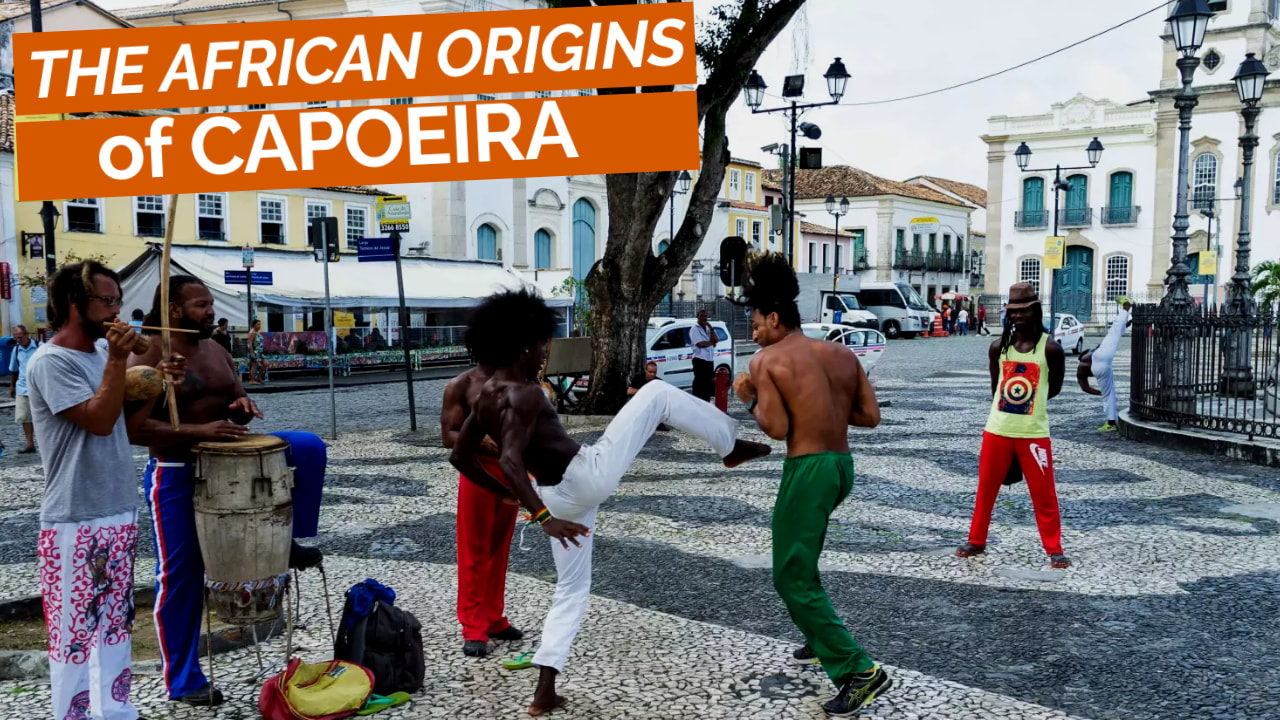
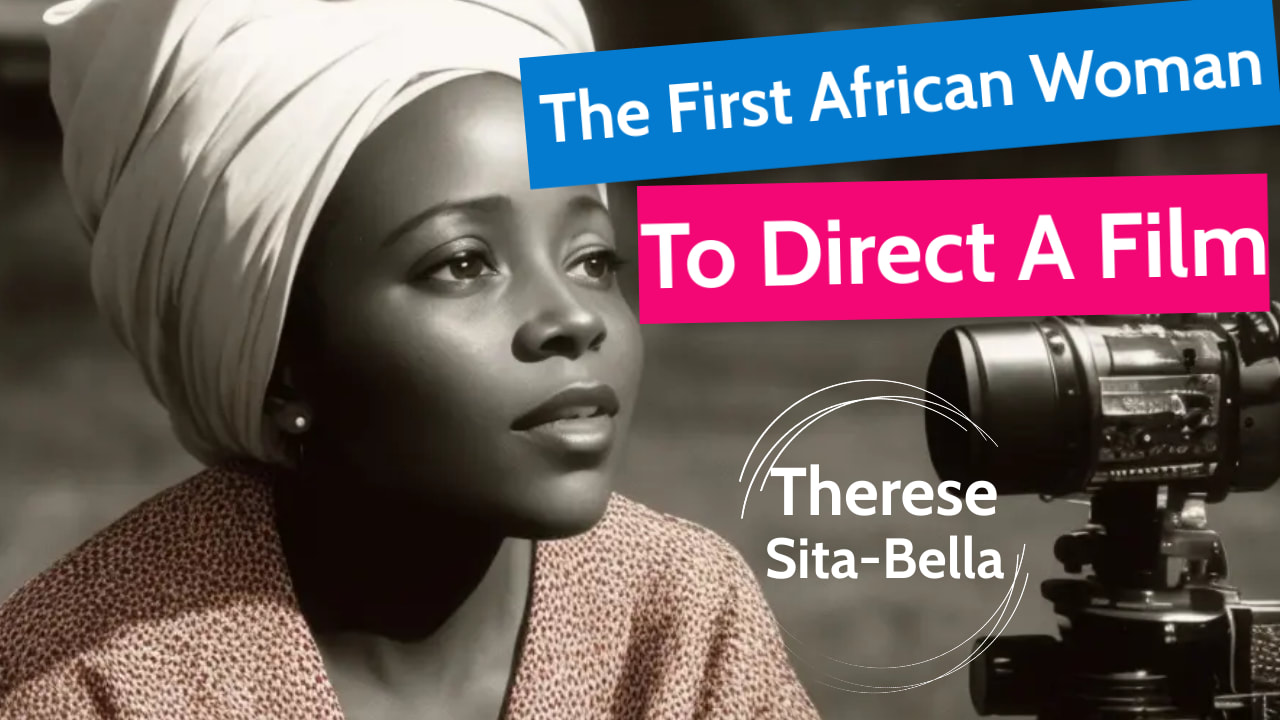
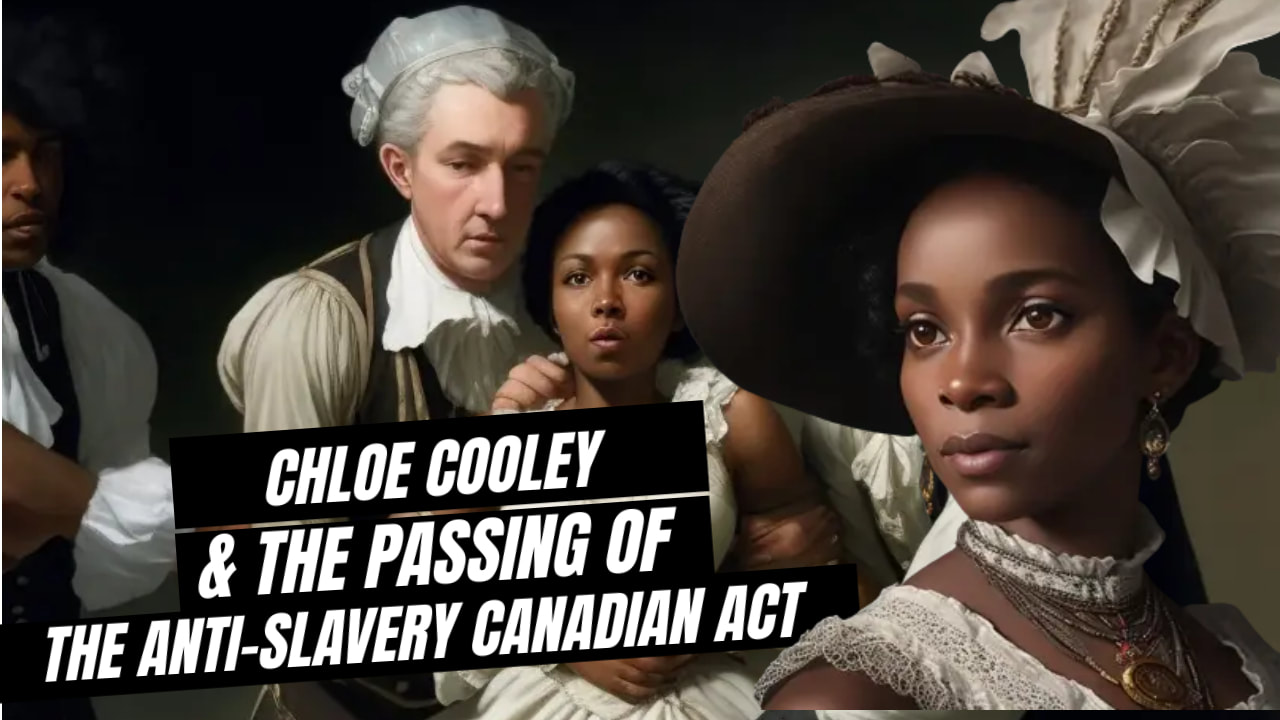
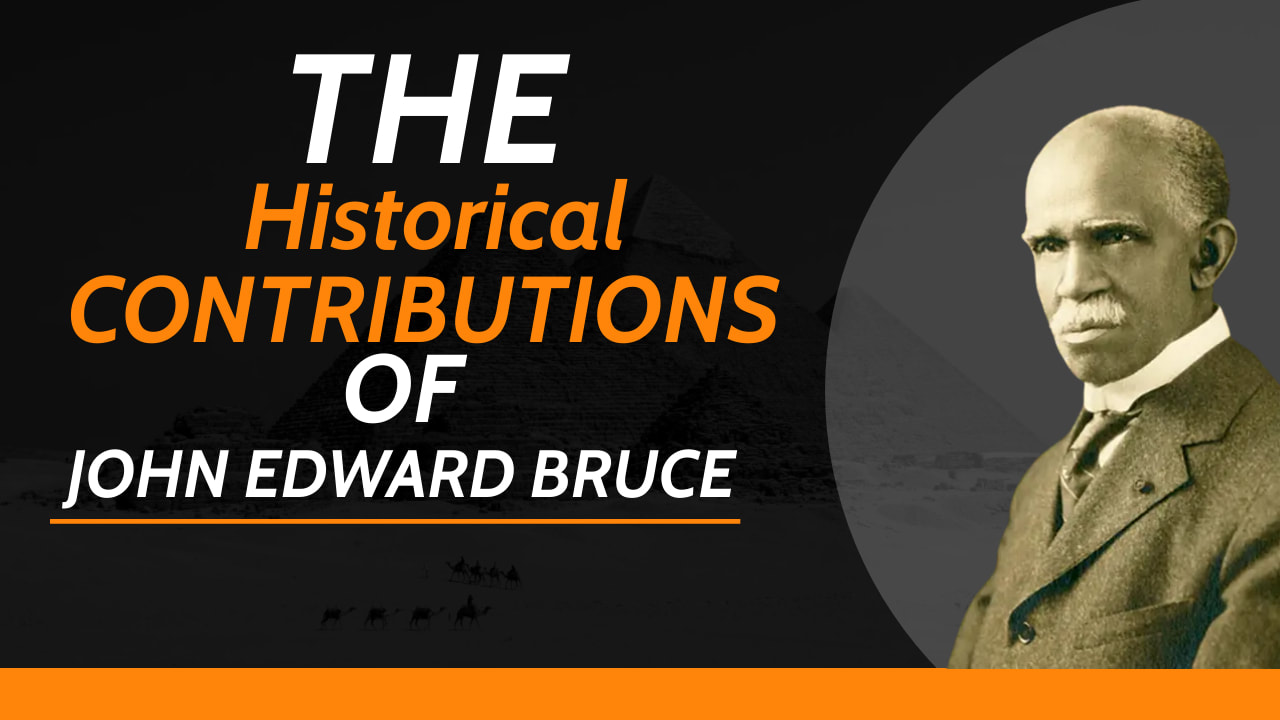
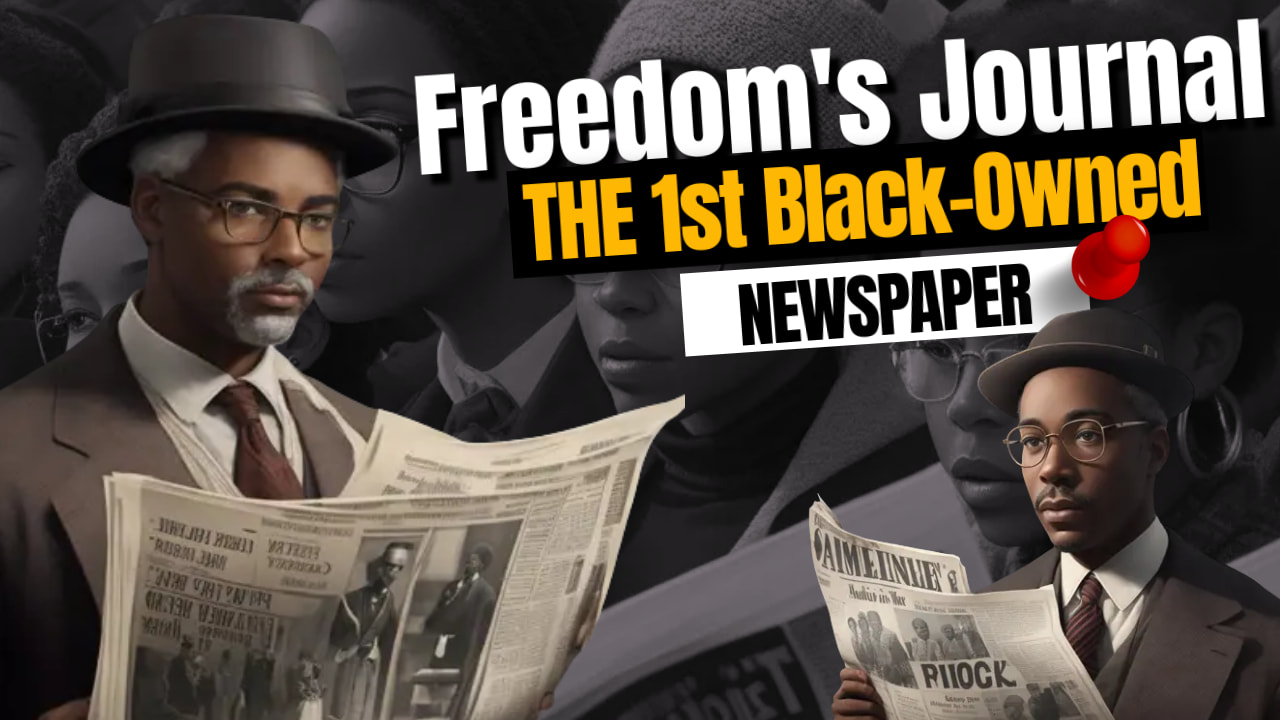
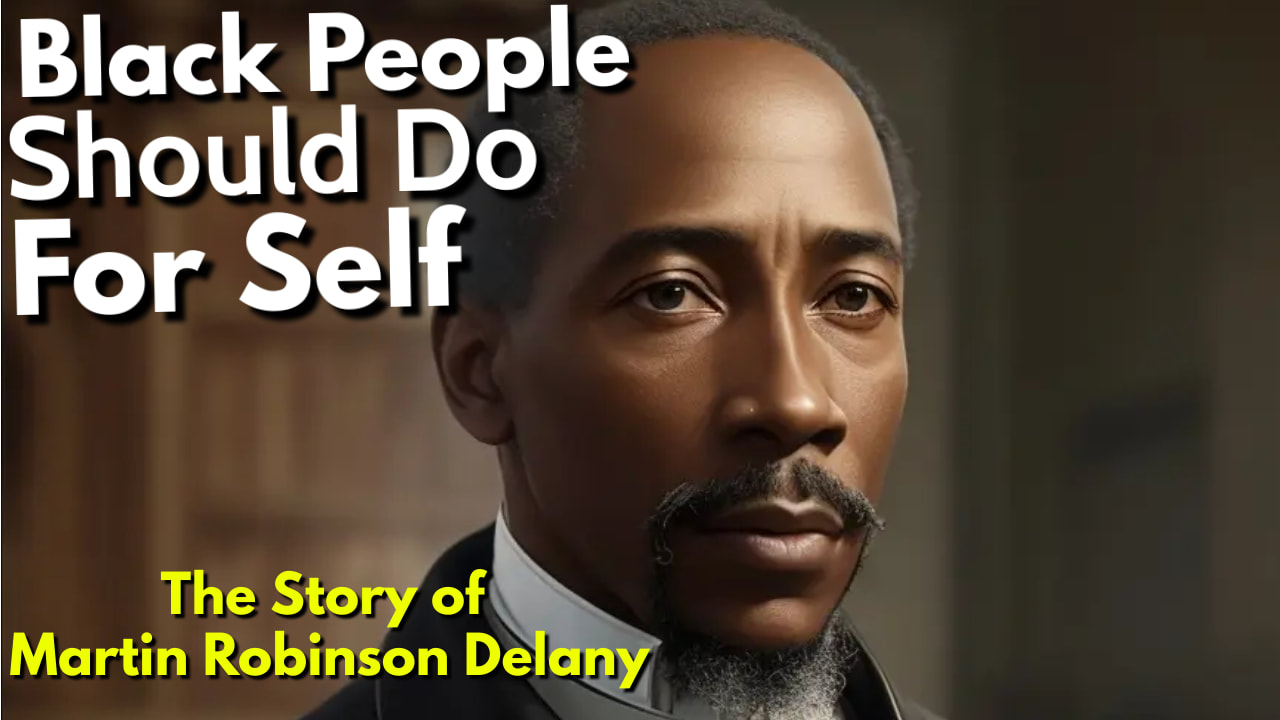
 RSS Feed
RSS Feed
